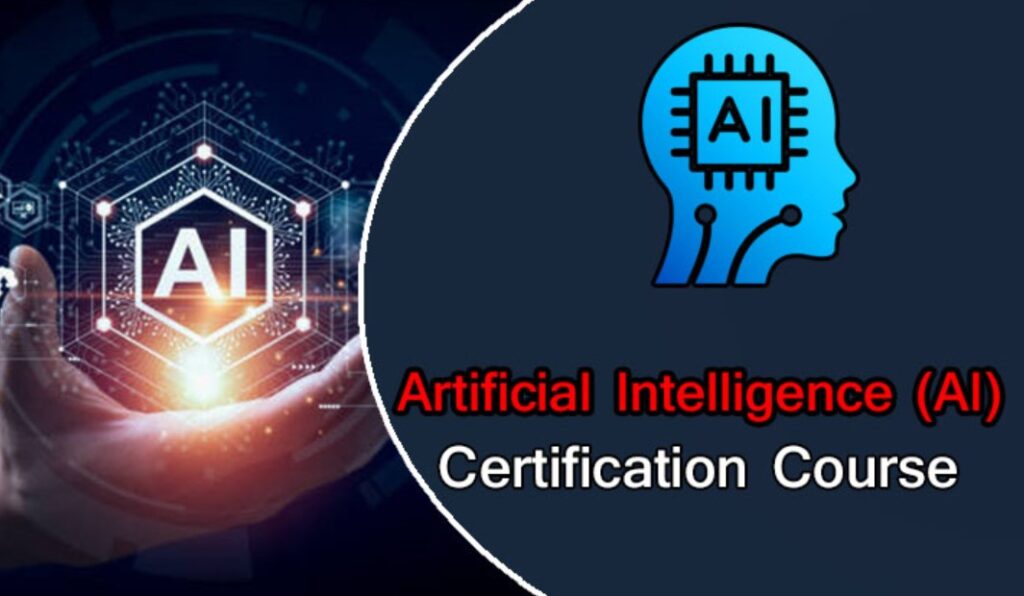Introduction
Optimising their efficiency has become necessary with the increasing demand for large language models (LLMs) in various AI applications. Model compression and knowledge distillation are two key techniques that help reduce model size, improve inference speed, and maintain accuracy. Enrolling in an AI course in Bangalore will help you understand and apply these concepts effectively in real-world projects. These techniques are crucial for deploying AI models on edge devices or in resource-constrained environments.
Understanding Model Compression
Model compression refers to reducing the size of a neural network while preserving its performance. Techniques like quantisation, pruning, and low-rank factorisation play a significant role in achieving this. In a generative AI course, you will learn how to apply these methods to optimise LLMs without compromising their efficiency. Compression ensures that AI models can run faster and consume less memory, making them suitable for real-time applications.
Techniques for Model Compression
- Quantisation
Quantisation involves reducing the precision of numerical values in a model, typically from 32-bit floating-point to 8-bit integers. This reduces memory consumption and speeds up computation. A generative AI course covers a hands-on approach to quantisation, where you will implement this technique on pre-trained models.
- Pruning
Pruning eliminates redundant or less significant parameters in a model, making it more lightweight. Structured and unstructured pruning methods can significantly enhance performance without a noticeable drop in accuracy. Learning pruning strategies in a generative AI course will help you fine-tune LLMs for various applications.
- Low-Rank Factorization
This technique decomposes weight matrices into smaller matrices, reducing the number of parameters. This improves computational efficiency, particularly useful for deploying AI models on mobile devices. Enrolling will give you practical exposure to implementing low-rank factorisation.
Knowledge Distillation: The Key to Optimised LLMs
Knowledge distillation involves transferring knowledge from a larger, more complex model (teacher) to a smaller, more efficient model (student). This technique ensures that the student model achieves comparable performance to the teacher model with fewer parameters. It teaches the step-by-step distillation process and its applications in generative AI.
How Knowledge Distillation Works?
- Training a Large Model (Teacher Model) – The teacher model is trained on a large dataset and achieves high accuracy.
- Generating Soft Targets – Instead of relying on hard labels, the teacher model produces soft probability distributions that provide richer information.
- Training a Smaller Model (Student Model) – The student model learns from these soft targets, adapting to the patterns captured by the teacher model.
- Fine-Tuning and Optimisation – The student model undergoes additional training to optimise performance further.
Understanding these steps will empower you to build efficient AI models for diverse applications.
Applications of Model Compression and Distillation in Generative AI
- Natural Language Processing (NLP) – Optimised LLMs are used in chatbots, language translation, and content generation.
- Computer Vision – Distilled models enhance object detection and image classification tasks.
- Edge AI & IoT – Compressed models allow deployment on edge devices with limited processing power.
- Healthcare & Finance – AI-driven insights can be provided with faster response times using optimised models.
By joining, you will gain hands-on experience applying these techniques to real-world use cases.
Tools and Frameworks for Model Compression and Distillation
Several tools facilitate model optimisation, including:
- TensorFlow Lite – Used for quantisation and pruning.
- ONNX (Open Neural Network Exchange) – Supports model conversion and optimisation.
- Hugging Face Transformers – Offers pre-trained models with built-in distillation techniques.
- PyTorch – Provides libraries for pruning, quantisation, and knowledge distillation.
Learning these tools ensures you are well-equipped to optimise LLMs for various AI applications.
Challenges and Future Trends in Model Optimisation
Although model compression and distillation improve efficiency, challenges remain:
- Maintaining Accuracy – Reducing model size can sometimes lead to performance degradation.
- Computational Cost – Some optimisation techniques require significant computing resources.
- Generalization – Ensuring that the optimised model performs well across different tasks.
Future advancements in AI will focus on more sophisticated compression algorithms and hybrid distillation techniques. Keeping up with these trends by enrolling will help you stay ahead in the AI field.
Conclusion
Model compression and knowledge distillation are crucial for optimising Large Language Models for various applications. These techniques enhance efficiency, reduce costs, and enable AI deployment in resource-constrained environments. Learning these methods will give you the skills to build and deploy optimised AI models, making you a valuable asset in the AI industry.
For more details visit us:
Name: ExcelR – Data Science, Generative AI, Artificial Intelligence Course in Bangalore
Address: Unit No. T-2 4th Floor, Raja Ikon Sy, No.89/1 Munnekolala, Village, Marathahalli – Sarjapur Outer Ring Rd, above Yes Bank, Marathahalli, Bengaluru, Karnataka 560037
Phone: 087929 28623
Email: [email protected]

